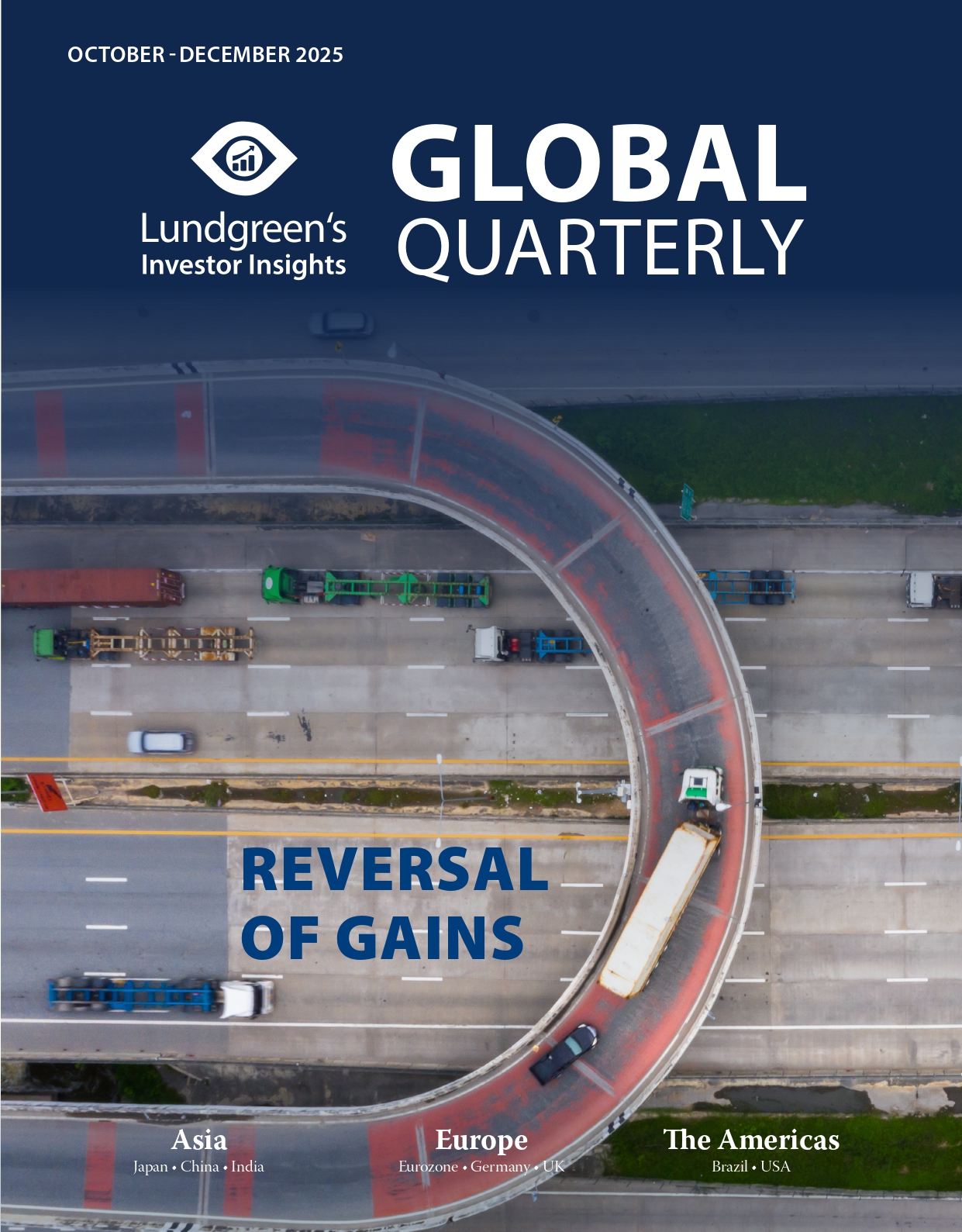Next Week in China: 31 March-4 April
Major Data Releases:
- 31 March: China’s National Bureau of Statistics to report March Purchasing Managers’ Index (PMI)
- 31 March: Hong Kong to report February Retail Sales statistics
- 01 April: Caixin to report China Manufacturing PMI for March
- 03 April: Caixin to report China Services PMI for March
Next week will be a quiet week for major data releases, save for PMI data which captures the current state of the manufacturing and service sectors. In addition to this, the 2025 Zhongguancun Forum, held from 27-31 March, is also worth some attention. It is an annual forum held in Beijing co-hosted by the Ministry of Science and Technology, the Chinese Academy of Sciences and Engineering, and other domestic authorities. The forum serves as a platform to showcase cutting-edge technology and potential investment opportunities in the high-tech sectors. China will observe the Tomb Sweeping Festival next Friday, 4 April, during which markets will be closed for one day in Hong Kong and Mainland China. Taiwan’s financial markets will be closed on 3-4 April.
For PMI figures, we anticipate a slight rebound in March to around the 51 level. In March, the leading indicator called the Emerging Purchasing Manager Index (EPMI) rose by 10.6 points month-on-month to 59.6, well above the neutral level of 50. From a seasonal perspective, the increase is at the upper limit of the seasonal month-on-month increase for March in normal years, excluding 2020-2021 over the pandemic era. In terms of operational expansion, the persistently low prosperity observed for businesses has significantly improved, with the value of 59.6 being the second-highest reading for the same period since 2019. The highest PMI data was recorded in March 2021.
Looking at the PMI sub-indices, production and demand, as well as volume and price, have all improved significantly. The production, orders, and export indices rose by 21.6, 13.7, and 11.6 points month-on-month, respectively. Production lagged demand in February, but with the start of the construction season in March, it has begun to catch up. Further, the production-demand ratio is 3.3, with the average values for 2021-2024 being 0.7, 2.2, 3.3, and 3.6, respectively. This year, some marginal optimization is being seen between supply and demand but further measures are necessary to address internal competition. For price, both major indices rose significantly, with purchase prices rising by 6.0 points and sales prices by 4.1 points month-on-month, showing a simultaneous improvement not seen since September-October 2024. Meanwhile, the employment index rose by 5.8 points month-on-month, marking the second consecutive month of improvement. Further, in the first two months of this year, the loan difficulty index rose slightly from a month ago due to a temporary issue regarding thin liquidity, but the financing environment has stabilized in March.
The export orders index continued to rise this month, increasing by 11.3 percentage points from the previous value to 56.3. This may be mainly related to the recent strong growth in China’s share in the global high tech sector. However, in February and March, Trump imposed two consecutive waves of additional tariffs on China. For the freight index, the phenomenon of frontloading exports ahead of the higher duties may be in its final stages, exerting significant pressure on subsequent exports growth.
The PMI print for March and April will be quite critical as it hints at the sustainability of China’s economic recovery. Favourable conditions include optimized debt policies to support new investment and manage debt pressures, changes in fiscal rhythm and diffuse local debt concentration, and continued monetary easing through reductions in the reserve requirement ratio and interest rates to boost consumption. All of these will sustain China’s path to recovery.
Chinese equities generally posted a soft decline from last week. As of Thursday, 27 March, the MSCI China Index decreased by 0.48 per cent for the week. Meanwhile, the Shanghai Composite Index rose by 0.27 per cent, the Shenzhen Component Index fell by 0.18 per cent, and the ChiNext Index dropped by 0.33 per cent. During this period, large-cap stocks outperformed mid-cap and small-cap stocks. From a style perspective, both value stocks and growth stocks performed similarly. Looking ahead, the market recently experienced a “spring rally” with some profit-taking at this stage. After the mid-March domestic data verification period and the approaching global tariff disturbances, the market is likely to enter a short-term consolidation phase.
This piece has been co-produced with Yiyi Capital Limited in Hong Kong, a China specialist and a part of a global financial services group.







